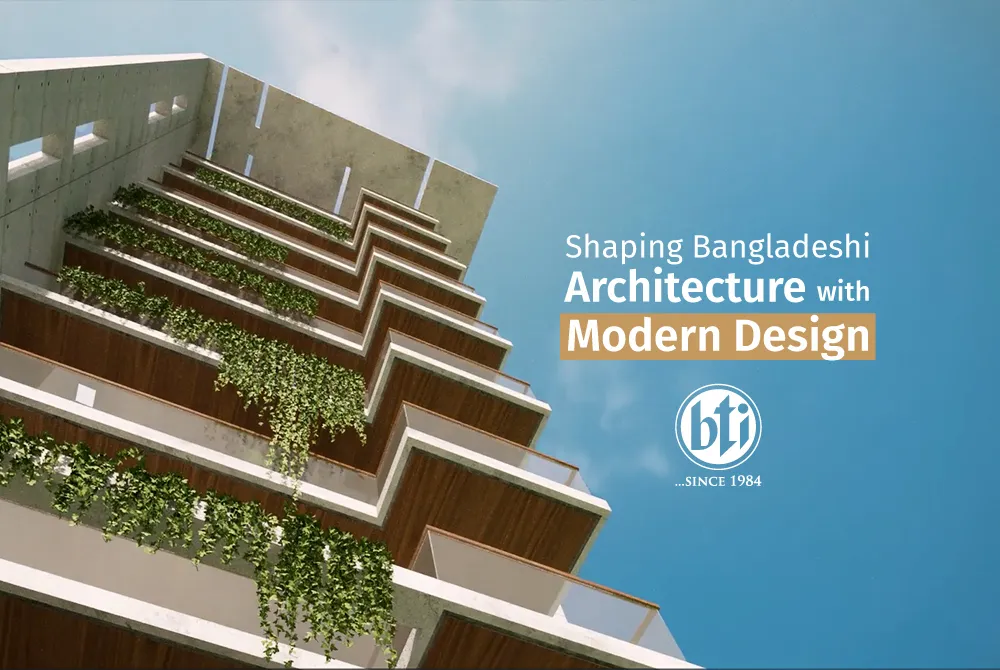
Introduction:
Bangladesh, with its rich cultural heritage and diverse landscapes, is experiencing a paradigm shift in its architectural scene. Modern design techniques have become a driving force, reshaping the way buildings are conceptualized, designed, and constructed in the country.
This evolution reflects not only a response to global trends but also a celebration of Bangladesh’s unique identity. In this blog, we’ll explore how modern design techniques are influencing and transforming the Bangladeshi architecture scene.
Sustainable Architecture
Modern Bangladeshi architecture puts great emphasis on sustainability. As the world grapples with environmental challenges, architects in Bangladesh are integrating eco-friendly practices into their designs.
Green roofs, solar panels, rainwater harvesting systems, and energy-efficient materials are becoming increasingly common in both residential and commercial projects. The goal is to create structures that will meet the functional needs of the inhabitants and minimize their ecological footprint.
Fusion of Tradition and Modernity
Bangladesh boasts a rich cultural tapestry, and architects are now blending traditional architectural elements with modern design principles. This fusion creates buildings that pay homage to the country’s history while embracing contemporary aesthetics.
From incorporating traditional patterns in façades to integrating indigenous materials, architects are finding innovative ways to bridge the gap between the past and the present.
Responsive Design for Climate
Bangladesh is prone to natural disasters such as cyclones and floods. Modern architects are addressing these challenges through responsive design strategies. Elevated structures, flood-resistant materials, and innovative ventilation systems are becoming integral components of architectural projects.
This ensures the safety of occupants while simultaneously contributing to the overall resilience of the built environment.
Technological Integration
Advancements in technology have revolutionized the way architects approach design. Building Information Modeling (BIM), virtual reality simulations, and 3D printing are gaining popularity in Bangladesh’s architectural landscape.
These technologies enable architects to visualize and refine their designs, improving efficiency and accuracy in the construction process. Additionally, smart building systems are being integrated to enhance energy management, security, and overall user experience.
Urban Planning and Public Spaces
As urbanization accelerates, architects are focusing on creating sustainable and people-centric urban spaces. Pedestrian-friendly designs, green public spaces, and mixed-use developments are redefining the urban fabric.
The aim is to foster a sense of community, promote social interaction, and enhance the overall quality of urban life.
Conclusion
Modern design techniques are ushering in a new era for Bangladeshi architecture, where innovation and tradition coexist harmoniously. The country’s architects are navigating present challenges by drawing inspiration from its rich history and cultural heritage.
Through sustainable practices, technological integration, and a commitment to responsive design, Bangladesh is building structures and shaping an architectural legacy that reflects its identity and aspirations for the future. As these trends continue to evolve, the Bangladeshi architecture scene is poised to make a major impact on the global stage.